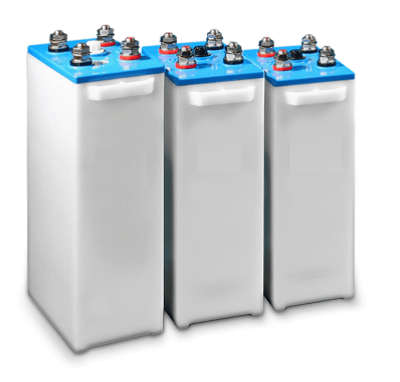Nickel-cadmium (NiCd) batteries can be classified based on several factors, including their size, shape, construction, and application. Here are some common classifications.
- Size and Shape:
- Cylindrical NiCd Batteries: These are the most common type of NiCd batteries. They are typically used in applications such as portable electronics, power tools, and emergency lighting.
- Prismatic NiCd Batteries: These batteries have a flat, rectangular shape. They are often used in applications where space is limited, such as cordless phones and some medical devices.
- Construction:
- Vented NiCd Batteries: These batteries have a vented design that allows gases produced during charging to escape safely. They are often used in applications where overcharging or high discharge rates are common.
- Sealed NiCd Batteries: Also known as “sealed nickel-cadmium” or “maintenance-free” batteries, these batteries are designed to be leak-proof and maintenance-free. They are commonly used in applications such as backup power systems and emergency lighting.
- Capacity:
- NiCd batteries are available in a range of capacities, from small cells used in consumer electronics to larger cells used in industrial applications. Capacity is typically measured in ampere-hours (Ah) or milliampere-hours (mAh).
- Application:
- Consumer NiCd Batteries: These batteries are used in consumer electronics such as cordless phones, digital cameras, and handheld gaming devices.
- Industrial NiCd Batteries: These batteries are designed for use in industrial applications such as emergency lighting, backup power systems, and electric vehicles.
- High-Rate NiCd Batteries: These batteries are optimized for high-current applications such as power tools and RC vehicles. They are designed to deliver high power output over short periods.
- Performance:
- Standard NiCd Batteries: These batteries offer a balance of capacity and performance and are suitable for most applications.
- High-Temperature NiCd Batteries: These batteries are designed to operate at elevated temperatures and are used in applications such as aerospace and military equipment.
These classifications provide a way to categorize NiCd batteries based on their physical characteristics, performance attributes, and intended use.


